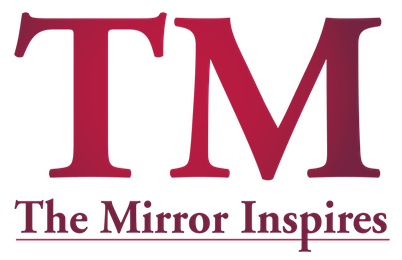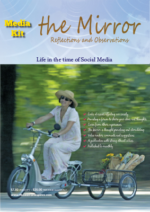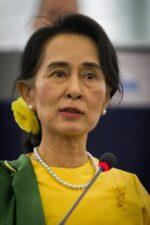The importance of press freedom
The importance of a free press to a thriving democracy is well-known. But what is its importance to a thriving economy? Attacks on press freedom – such as jailing journalists, raiding their homes, shutting down printing presses, and using libel laws to thwart reporters – have measurable effects on economic growth. Countries that recorded a decrease in press freedom also experienced a 1%-2% drop in real gross domestic product (GDP) growth. Economies may not bounce back Institutions that uphold a “rule of law” are strongly associated with stronger economic performance. Most significantly is the long-term economic impost of undermining a free press. Freedom House’s own research suggests “press freedom can rebound from even lengthy stints of repression when given the opportunity”: The basic desire for democratic liberties, including access to honest and fact-based journalism, can never be extinguished. But this rebound does not translate to the economy. In nations where freedoms were removed, and then restored, economic growth does not fully recover. That’s a significant point at a time when economic frustration is contributing to waning enthusiasm for democracy, increasing distrust of legacy media, and the rise of populist and authoritarian governments taking action to control the news media. Throughout Asia there has been a tightening of press freedoms. In Hong Kong, new security laws threaten to snuff out independent media. In Myanmar, publications have been silenced and journalists arrested. In Malaysia, journalists have been harassed and jailed for criticising the government. In the Philippines, respected investigative journalist Maria Ressa has been detained ten times in two years and convicted of “cyberlibel” under controversial laws. In India, the world’s largest democracy, the Modi government has curbed press freedoms. These aren’t just issues for other countries. Australia might look relatively free, particularly compared with near neighbours. But recent years has seen Australian Federal Police raids on journalists homes and the new restrictive national security […]










